Anthony Bourdain’s unrealized dream comes to life
Anthony Bourdain traveled the world, ate everything from silkworm larvae soup in Seoul to seal eyes in Quebec, and broke bread with presidents and prime ministers. But he had one notable food dream that was never realized: opening a global market.
In 2013, he first met with Singapore food expert K.F. Seetoh about working together to open Bourdain Market. He envisioned a NYC version of the hawker markets in Singapore that he passionately loved. It would be a melting pot of cuisines and culture, with charcoal-fired clay pot rice and Vietnamese pho simmering and served at midnight. There’d be a butcher stall and blood on the floor, crowds, energy.
He told Seetoh he envisioned as many as 100 food hawker stalls with vendors from dozens of countries in a massive space on the Hudson. Seetoh knew it would be no easy feat, between organizing visas from a myriad of countries to getting the financial backing and permits. But Bourdain persisted, and he assembled a team to make the dream a reality.
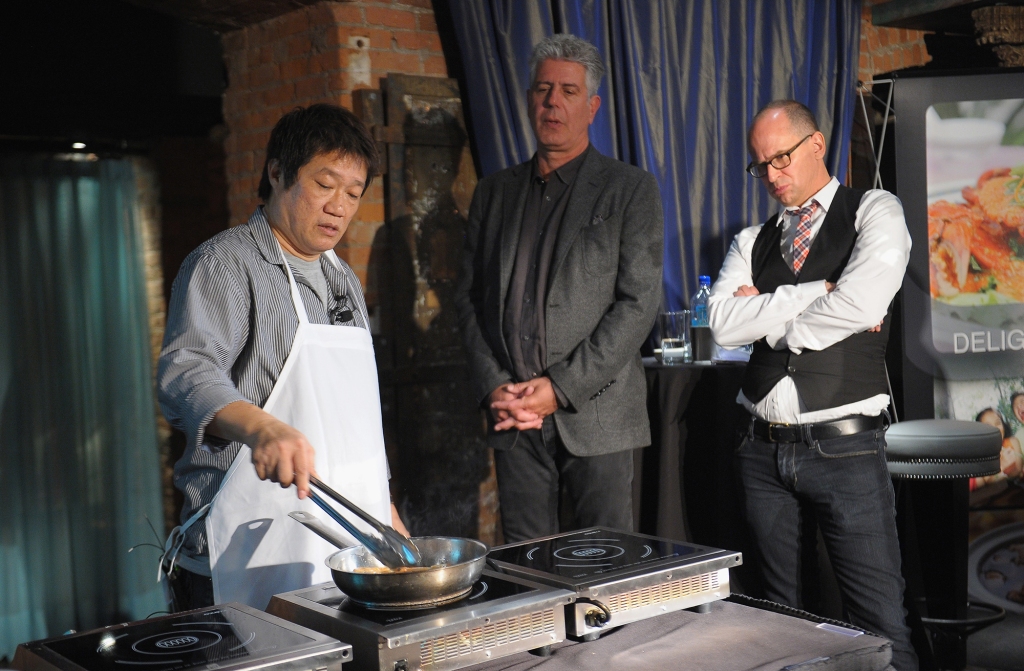
But in 2017, after years of work on the project, Bourdain admitted “the stars may not align at Pier 57” where he sought to erect Bourdain Market. Then, in June 2018, Bourdain died of an apparent suicide at age 61 in a hotel room in France.
“When he passed on, I said, ‘how do we continue?’” Seetoh told The Post.
Now, a glimmer of Bourdain’s vision is coming to life.

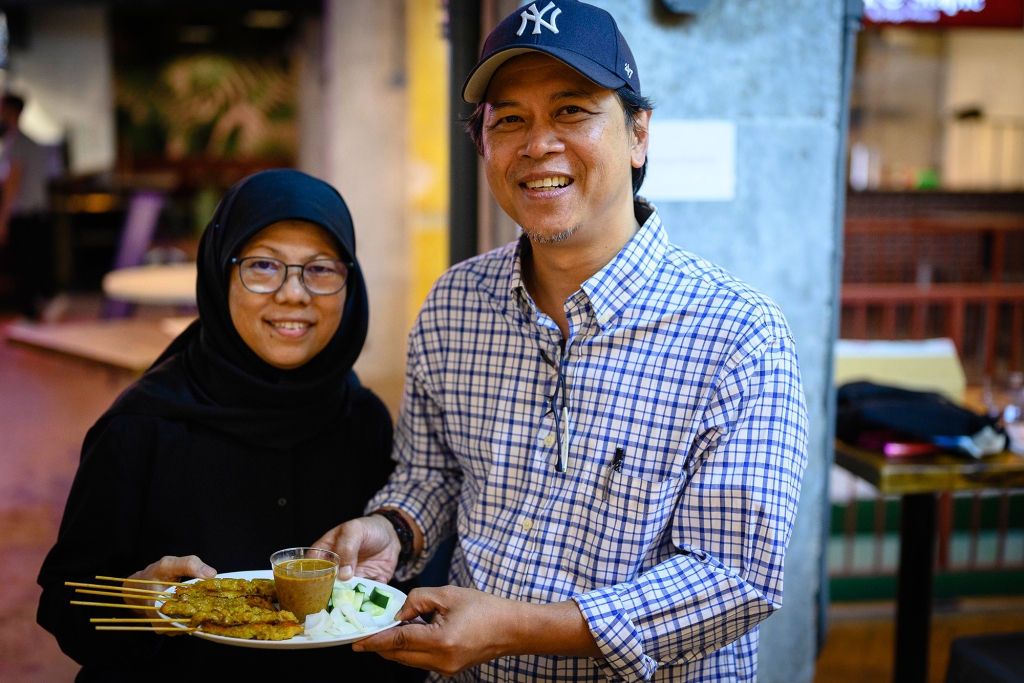
On Wednesday, Seetoh and Urbanspace, the company behind numerous city food halls, are soft opening Urban Hawker in Midtown West. The 11,000-square-foot space is on 50th Street between Sixth and Seventh Avenues — not on the water — and will have 17 — not 100 — vendors. Eleven of the 17 vendors hail from Singapore, and most are family-owned businesses that have been cooking delicious food from all around Asia for decades.
“We’re telling a story of where all this delicious food came from,” Seetoh said.
It’s a bittersweet opening for the massive Bourdain project that he never saw to fruition.
“Tony would say, ‘darn it, you did it without me,’” Seetoh said.
News of Bourdain’s ambitious idea for a $350 million market broke first in 2014. The following year, he confirmed that he and his partners had subleased the main concourse and mezzanine of Pier 57. By 2017, they hoped to open Bourdain Market, with 100 vendors from all around the world spread across 100,000 square feet inside and out. Restaurant stars at the time, April Bloomfield and Ken Friedman of the Spotted Pig were on track to operate two food stalls.
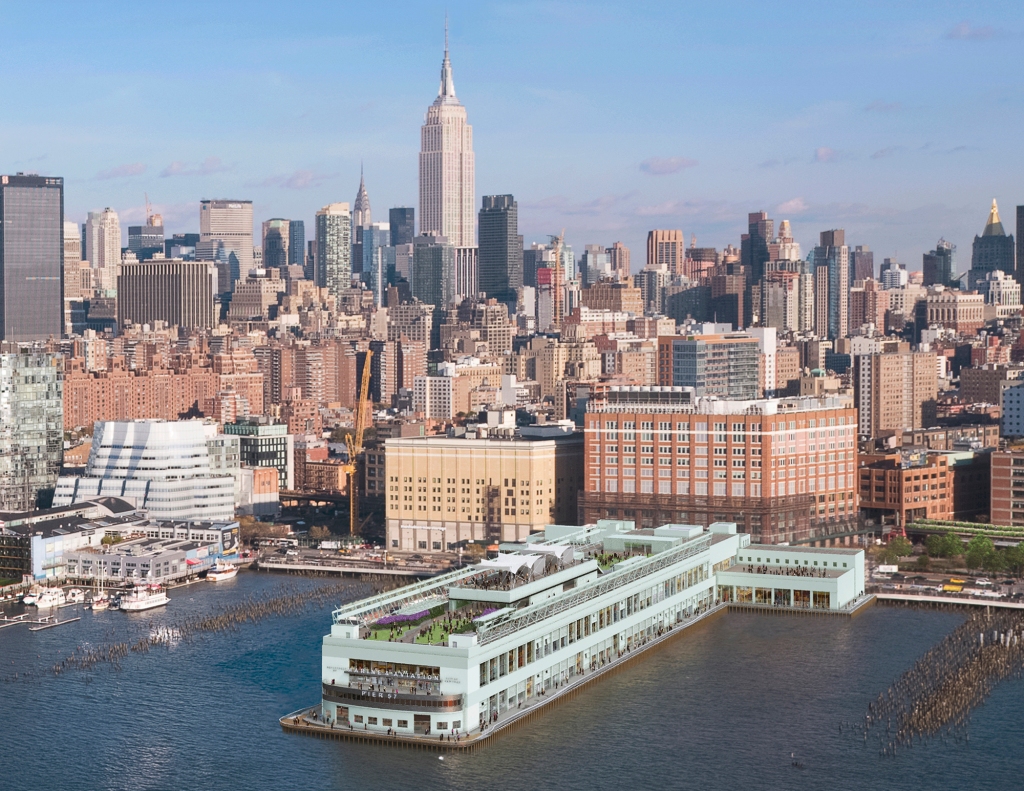
“It will be all transparent and authentic,” Bourdain told the New York Times in 2015, “not sterile, but chaotic in a good way, with hawkers and vendors and places to eat. Where in this city can you have that?”
The vision was to give Bourdain fans a chance of tasting what he did on his television travels.
“People want Tony’s shows to come to life,” Stephen Werther, Bourdain’s business partner in the venture, told the Times in 2015.
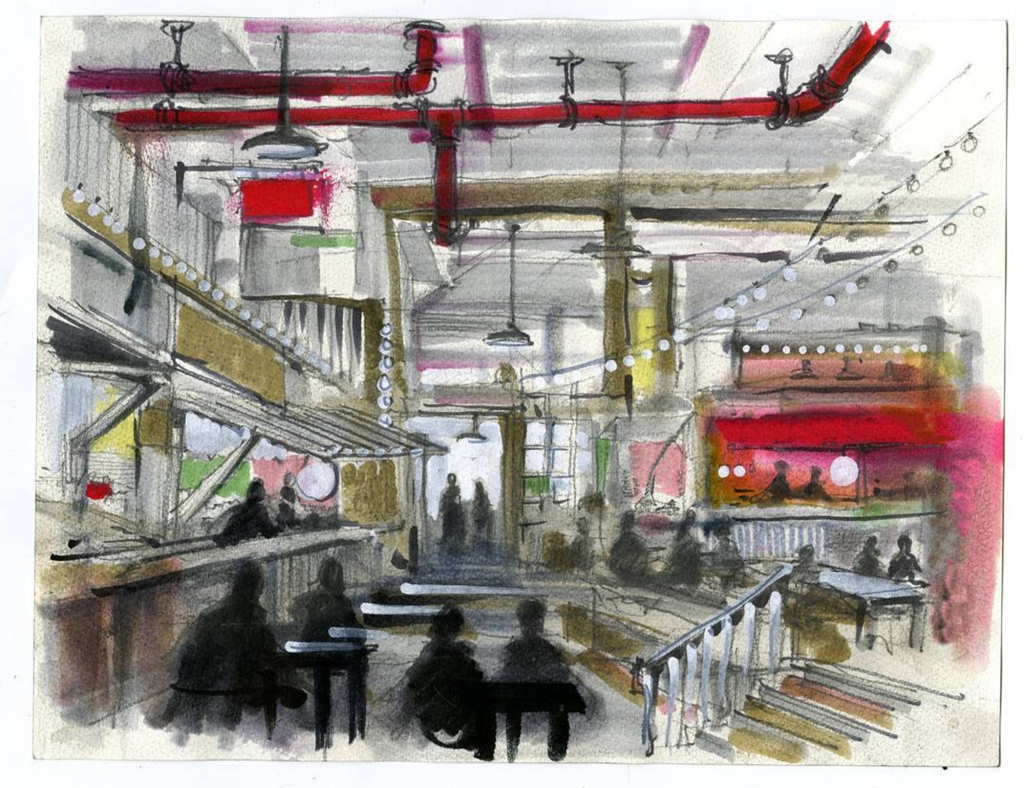
Bourdain and Werther enlisted design firm Roman & Williams, who designed restaurants like Lafayette and the Ace Hotel. Developers projected 20,000 visitors a day. But the logistics — especially securing visas for 100 different vendors — became too challenging.
“It never ultimately made financial sense and we ended up not being able to close the deal,” Robin Standefer, co-founder of Roman & Williams, says in the 2021 book “Bourdain: The Definitive Oral Biography,” written by Bourdain’s longtime assistant Laurie Woolever.
“It couldn’t make the revenue everyone wanted it to. It was so complicated to operate, and Tony wanted real fire. There would have been health department issues because the markets he loved were ones in places that have different rules, and regulations and restrictions; they didn’t have requirements that new developments in New York City had,” Standefer says.
By 2016, Bourdain and Werther had yet to secure a lease, in part because of the headache of needing subleases for their many different vendors. “It was an impossible dream,” one real estate insider told The Post’s Steve Cuozzo in 2018.
Midway through 2017, Werther dropped out of the project, and the market’s opening was pushed to 2019.
Bourdain’s close friend, Ariane Daguin, recalled talking to him about the state of the market in 2017. It was the last time they would ever speak.
“He had put together a group of people who were going to do the development, which was very ambitious because it was a huge space,” said Daguin, the founder of D’Artagnan Foods, told The Post. “It was no fault of his, maybe the real estate guys didn’t see exactly the same vision and they wanted more revenue … He was better suited for traveling for TV and for his books than to have a business enterprise, that’s how he put it to me.”
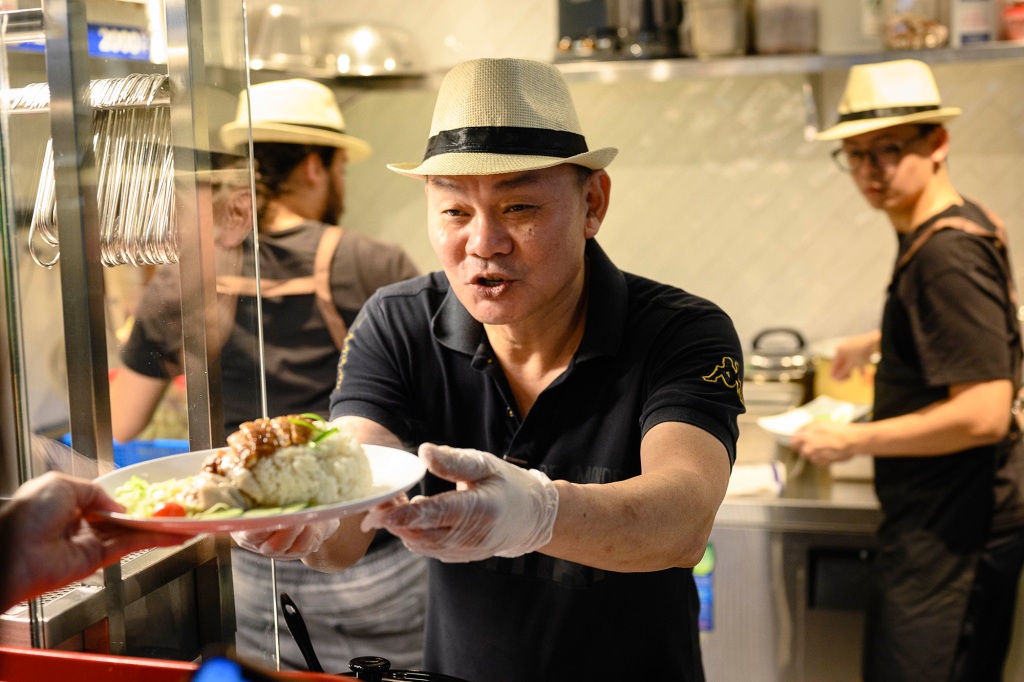
By December 2017, Bourdain announced the venture would not come to life.
“Ultimately, there wasn’t a partner. So this project became a dream. The kind of gritty, f—ked up, aromatic, intense, compressed environment that he wanted to make would have scared the sh–t out of people,” Standefer says in “Bourdain: The Definitive Oral Biography.”
But, Standefer also says that Bourdain never fully gave up on the project.

“There was always this little secret area of discussion like ‘maybe someone else will come up with the money. Why couldn’t we put this incredible vision in another space?’” she says in Woolever’s book. “There was always the hopefulness of that potential there.”
Seetoh also never gave up. A few years after the project folded, he came to New York and pitched a partnership with Urbanspace. Together, they landed on the idea of a Singapore hawker market that would be a more modest interpretation of Bourdain’s original vision.
Vendors eagerly signed on.
“This is our first expansion in the U.S. When he heard Anthony Bourdain’s project had been revived, we said we were interested in getting involved,” Sulaiman Rahman, who is running the Malay-inspired hawker stand Padi with wife Annie Ahmad, told The Post.
Seetoh also announced on his Instagram page he would be willing to hire migrants seeking asylum in New York.
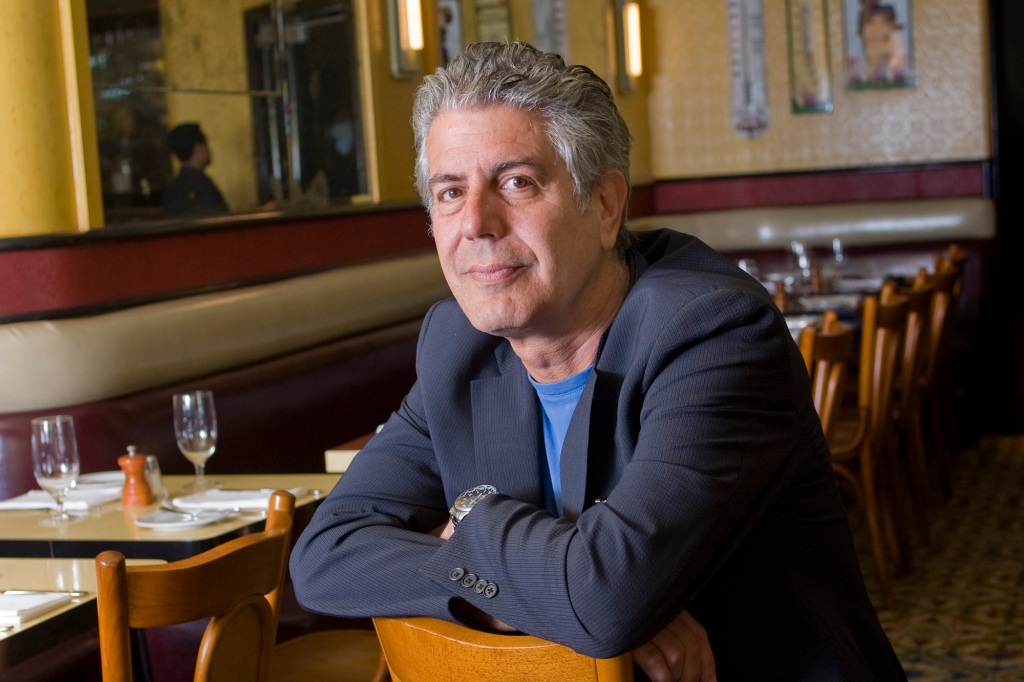
The market, in some ways, will be an homage to Bourdain, and the foods he savored.
“I’m a firm believer in the notion that a bowl of spicy noodles is a portal to perfect happiness,” he once wrote. “Many of my happiest moments these days seem to center on sitting on a low plastic stool, somewhere in Asia, eating chili-jacked noodles in broth.”
Read the full article Here


